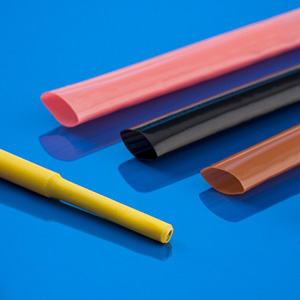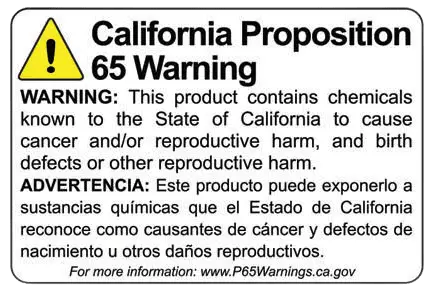 Heat-shrink tubing is an essential tool for protecting wires and connectors, but applying it incorrectly can lead to burns, damage to components, or ineffective insulation. Following safety guidelines ensures both personal safety and professional-quality results.
Heat-shrink tubing is an essential tool for protecting wires and connectors, but applying it incorrectly can lead to burns, damage to components, or ineffective insulation. Following safety guidelines ensures both personal safety and professional-quality results.
Why Safety Matters
-
High heat is required: Most heat-shrink tubing shrinks at 90–200°C (194–392°F). Improper handling can cause burns.
-
Protecting components: Excessive heat can melt wires, connectors, or insulation, damaging electronics or automotive systems.
-
Preventing failure: Poorly applied tubing may leave gaps, wrinkles, or weak points that reduce protection against moisture, abrasion, and short circuits.
Top Safety Practices When Using Heat-Shrink Tubing
1. Wear Personal Protective Equipment (PPE)
-
Heat-resistant gloves prevent burns when handling tubing.
-
Safety glasses protect eyes from heat, sparks, or flying debris.
2. Use the Right Heat Source
-
Recommended: heat gun or specialized shrink tool with temperature control.
-
Avoid open flames (torches or lighters) unless tubing is flame-resistant and you’re trained—risk of burns or uneven shrinking is high.
3. Maintain Proper Distance and Motion
-
Keep the heat gun 2–4 inches away from the tubing.
-
Move the gun evenly around the tubing instead of holding it in one spot to prevent melting or scorching.
4. Choose Appropriate Tubing
-
Ensure the tubing is rated for the temperature range and environment of your application (e.g., automotive, electronics).
-
Adhesive-lined tubing can prevent gaps and provide better sealing.
5. Prepare Wires and Connectors Properly
-
Slide tubing onto the wire before crimping or soldering.
-
Keep the tubing slightly longer than the exposed connection to ensure complete coverage.
6. Inspect Your Work
-
After shrinking, check that tubing is snug, smooth, and fully covers exposed metal.
-
Look for bubbles, wrinkles, or areas that didn’t shrink evenly—these may compromise insulation.
Common Mistakes to Avoid
-
Overheating or holding the heat source too close.
-
Using open flames without proper training.
-
Applying tubing too small or too large for the wire.
-
Forgetting PPE like gloves or goggles.
-
Ignoring manufacturer’s shrink temperature recommendations.
Conclusion
Safety is just as important as quality when using heat-shrink tubing. By using the right equipment, PPE, and techniques, you can avoid burns, prevent damage to wires and components, and ensure reliable electrical protection. Proper application keeps both you and your wiring safe.

